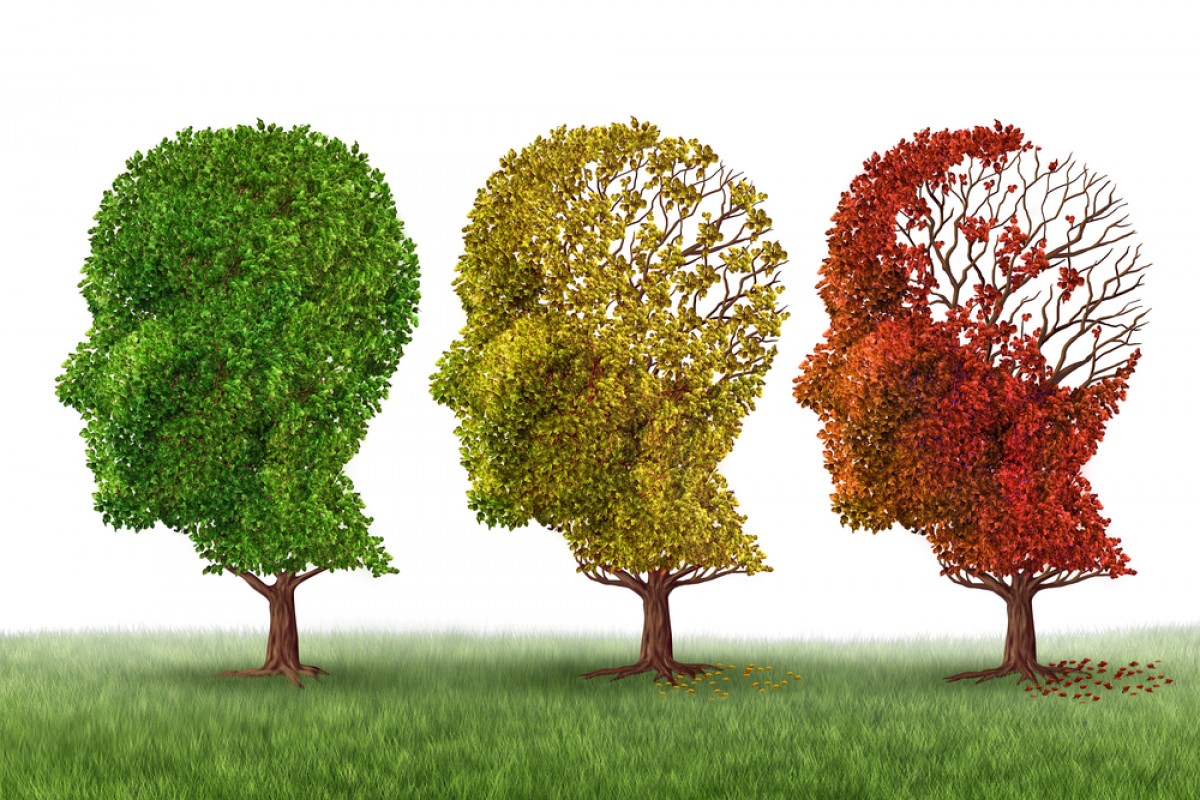
A group of scientists from the laboratory of molecular neurodegeneration, St. Petersburg state Polytechnic University Peter the Great parallel with our American colleagues explained the mechanism of memory loss in Alzheimer’s disease. Based on numerous researches, scientists have developed a theory of breach of intracellular concentration of calcium ions.
Head of the laboratory of SPbSPU Professor Ilya Besprozvanny reported that after scientific advances in the treatment of cardiovascular diseases life expectancy has increased, and accordingly, increased the number of patients suffering from diseases of aging, particularly neurodegenerative diseases: Alzheimer’s disease.
Currently it is considered that the occurrence of Alzheimer’s disease is associated with accumulation of beta-amyloid in the brain. However, the transmembrane protein does not always cause the disease, and drugs that reduce levels of amyloid, not cure patients.
In the early stages of the disease results in a disorder of short-term memory, for example, the inability to reproduce the newly obtained information. Then the pathological process affects long-term memory, disturbances of speech and cognitive functions, the patient ceases to be guided in space. The gradual fading away of the functions of the body leads to his death.

The staff of the Massachusetts University have discovered not only what happens to memories in Alzheimer’s disease, the most common form of dementia, but what is more important, that they can be repaired. As the scientists explain, the reason lies in dendritic spines who memory cells in the formation of memories. When it is necessary to recall some information, “cell forms” should be included with the correct label coming from the temporal lobe of the brain – the entorhinal cortex (the main “interface” between the new cortex and hippocampus). The smaller dendritic spines, the greater the likelihood that the signal reaches the nucleus of cells of the memory.
Researchers Spbmtu agree with the theory of their American counterparts. They supplemented it by the fact that during the development of the disease also is a violation of intracellular calcium ion concentration, and this means that there are new therapeutic target to recover memory in patients with Alzheimer’s disease.
Having conducted numerous experiments on rodents, the Russian scientists found that if to stabilize the flow of calcium ions in mushroom spines, their deaths will stop, which means that in this case we can talk about the victory over Alzheimer’s.
